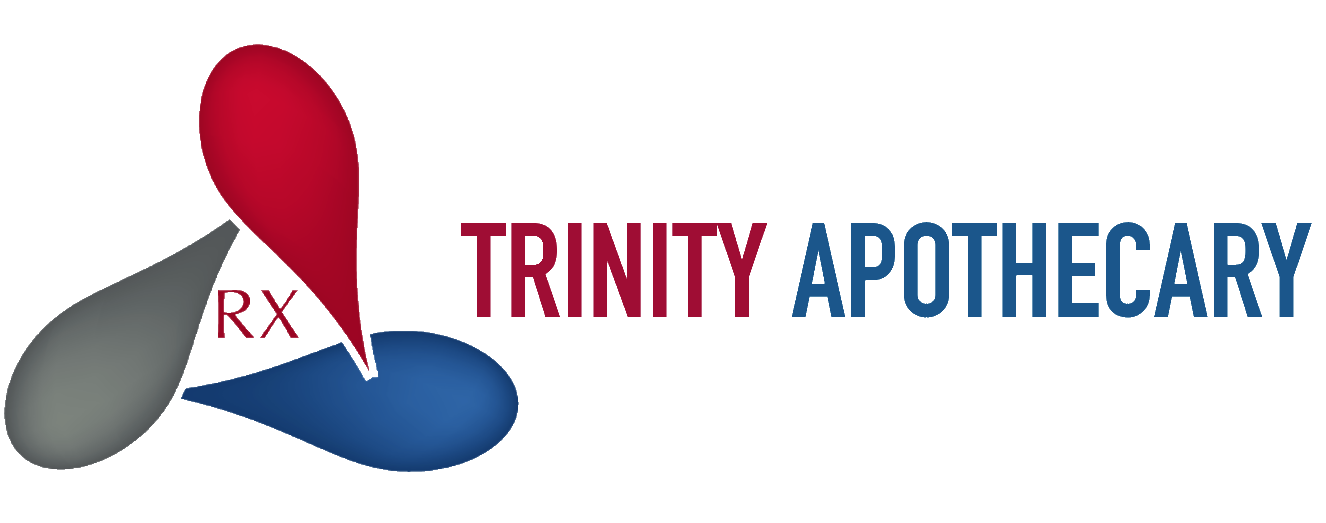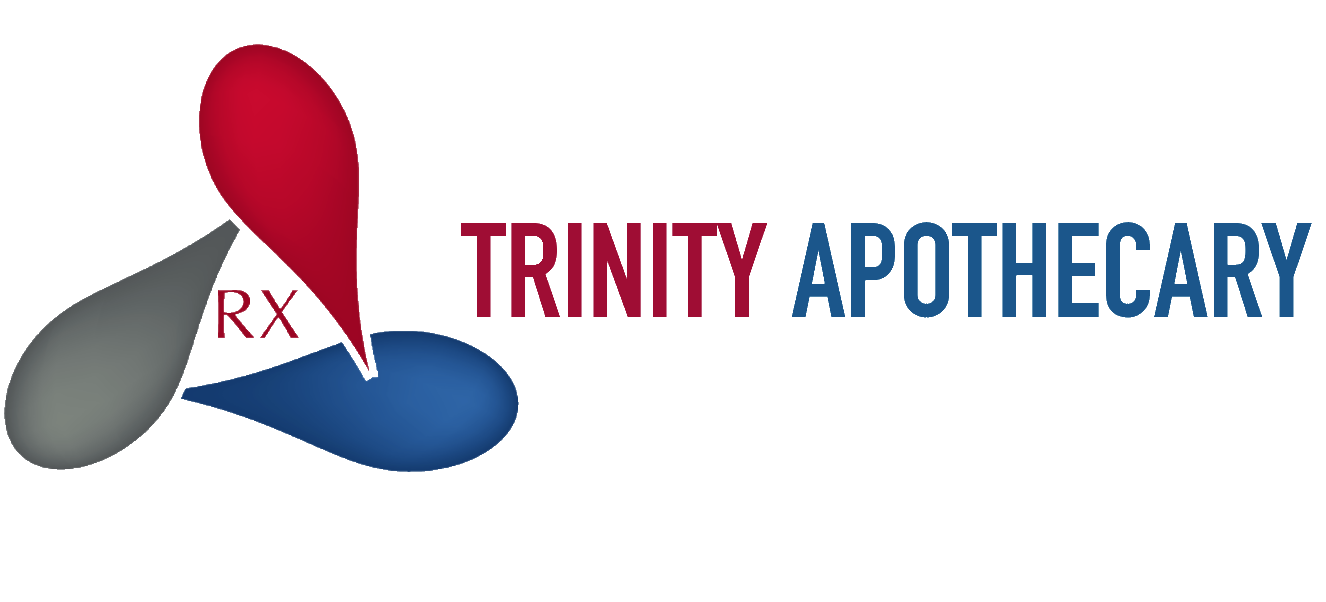Cholesterol and Heart Disease
Nearly 2,200 Americans die of cardiovascular disease daily, with an average of one death occurring every 40 seconds. An estimated 7.1 million Americans have experienced a heart attack during their lifetimes. Those who survive a heart attack often go on to have another. More than 7 percent of Americans have some type of cardiovascular disease, and one out of every six deaths in the United States is due to coronary heart disease alone.1 Eating habits and other lifestyle factors play a large role in determining the risk of heart disease and may prevent or even reverse this condition. In this factsheet we examine the link between cholesterol and heart disease.
Atherosclerosis
Atherosclerosis is a common form of heart disease, in which plaques of cholesterol and other substances (similar to small tumors) form in the artery walls and eventually restrict blood flow. This constricted circulation leads to less oxygen for the heart muscle, resulting in chest pain (angina), usually following exercise or excitement. It also stresses the heart muscle to the point of failure, which is what happens during a heart attack.
What Is Atherosclerosis?
Atherosclerosis is not caused by old age. Examination of American casualties during the Korean and Vietnam wars showed significant atherosclerosis by age 18 or 20.2 Their Asian counterparts, raised on diets consisting mainly of rice and vegetables, had much healthier arteries. The elderly are more likely to have heart conditions not because of genetics, but because they may have indulged in unhealthful habits, like smoking and poor diet, for longer periods of time. Your doctor can tell you if you are one of only about 5 percent of the population with a genetic tendency toward heart disease. Many studies show the connection between lifestyle choices and heart health. An article published by Caldwell Esselstyn Jr., M.D., in the American Journal of Cardiology explains that stenting and bypass surgeries may only be a solution for a minority of patients, while a transition to a plant-based diet free of cholesterol proves to be a more effective treatment.3
In 1948, William Castelli, M.D., began to monitor the population of Framingham, Mass., to study what factors influenced the rate of heart disease.4 Castelli’s study showed that a cholesterol level exists, below where coronary artery disease does not occur. Framingham data show that only patients with cholesterol levels of less than 150 milligrams per deciliter (mg/dl) achieve the lowest coronary artery disease risk. In the first 50 years of the Framingham Heart Study, only five subjects with cholesterol levels of less than 150 mg/dl developed coronary artery disease. Rural residents in Asia, Africa, and Latin America typically have total cholesterol levels of about 125-140 mg/dl.4
What Is Cholesterol?
Cholesterol is not the same as fat. If you had a bit of cholesterol on the end of your finger, it would look like wax. The liver manufactures cholesterol and sends it out to other parts of the body for the production of hormones and cell membranes. Based on the results of the Framingham Heart Study and other research, the ideal cholesterol level is below 150 mg/dl. At that point, coronary artery disease is very unlikely. Unfortunately, nearly 107 million Americans have cholesterol levels more than 200 mg/dl,1 dangerously close to 225 mg/dl, which is the average cholesterol level of coronary artery disease victims.5
According to the 2010 USDA Dietary Guidelines, the federal government’s recommended maximum for dietary cholesterol intake is still as high as 300 mg. Both the American Heart Association and the National Cholesterol Education Program recommend less than 200 mg per day for people at risk for cardiovascular disease.6 The amount of cholesterol in one egg exceeds this recommended maximum amount.
Different Types of Cholesterol
When cholesterol is transported in the bloodstream, it is packed into low-density lipoproteins (LDL), sometimes called the “bad cholesterol.” Although LDL is necessary in limited quantities (LDL delivers cholesterol to various parts of the body), a high LDL cholesterol level can dramatically increase yourrisk of a heart attack.
The Centers for Disease Control and Prevention analyzed data from 2005-2008 that examined prevalence, control, and treatment of high LDL levels. Around 71 million American adults (33.5 percent) had high LDL levels, while only 34 million (48.1 percent) received treatment. Twenty-three million (33.2 percent) had their LDL controlled.7 When cholesterol is released from dead cells it is picked up for disposal by high-density lipoproteins (HDL), the “good cholesterol.”
When doctors measure cholesterol levels, they first look at total cholesterol as a quick way to assess a person’s risk. For a more exact guide, they divide the total level by the HDL level. Heart attack risk is minimized by having a lower total cholesterol and a higher proportion of HDL cholesterol. The ratio of total cholesterol to HDL should be less than 4 to 1.
Unfortunately, the average American male’s ratio is much higher than that, at 5 to 1. Vegetarians, on the other hand, average only about 2.8 to 1.3. Smoking and obesity lower HDL; however, vigorous exercise and foods rich in vitamin C may increase it.
For the full article, visit: http://www.pcrm.org/health/health-topics/cholesterol-and-heart-disease


